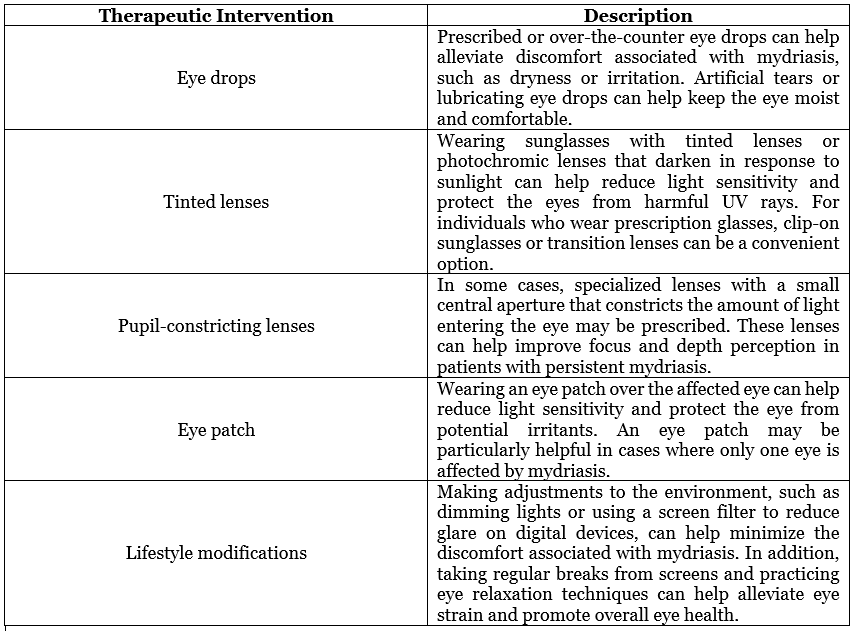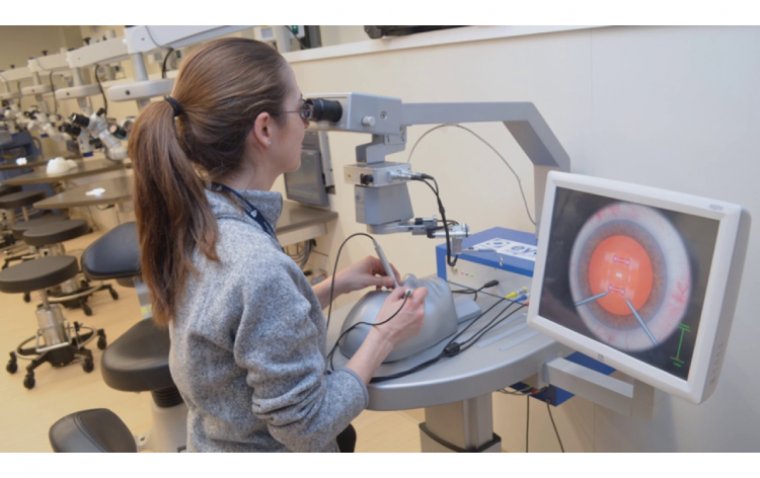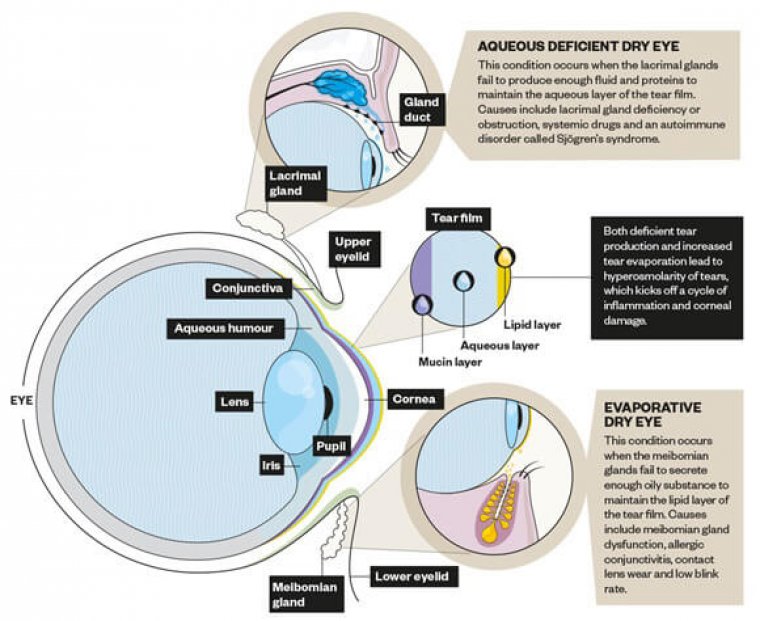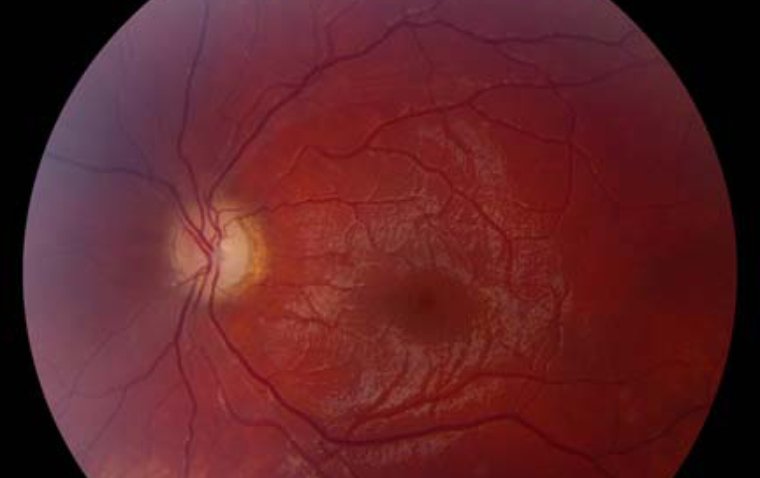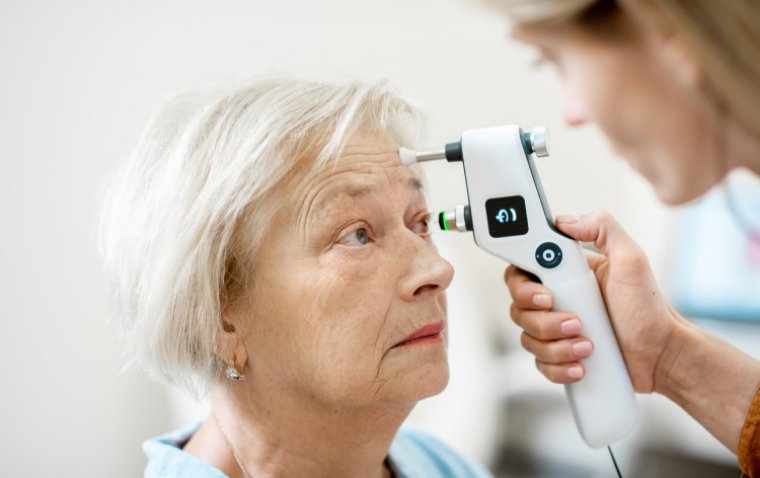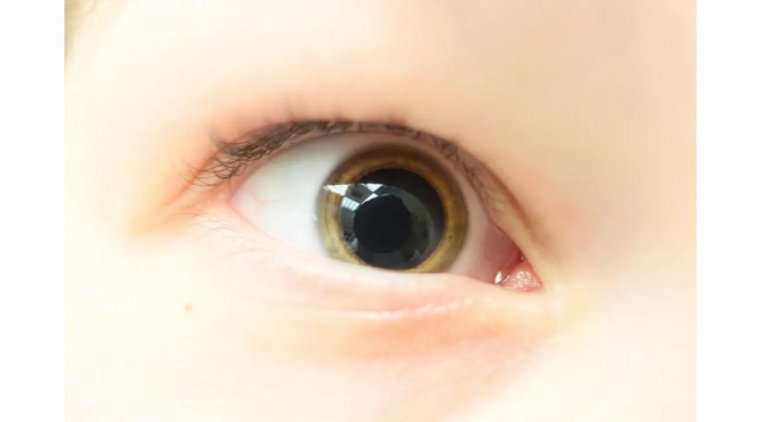
Mydriasis: Understanding Pupil Dilation
Mydriasis, a condition that leads to the dilation of the pupil, may seem like a simple phenomenon, but there's more to it than meets the eye. Behind this seemingly straightforward occurrence lies a complex interplay of factors that can significantly impact a person's vision and overall eye health. This article will shine a light on the significance of mydriasis, its various types, and its effects on vision, allowing you to gain a clearer understanding of this fascinating topic. So, let's embark on this enlightening journey together and uncover the hidden depths of mydriasis, one blink at a time!
What Is Mydriasis?
Mydriasis is a medical condition characterized by the abnormal and prolonged dilation of the pupil. The pupil, which is the dark, circular opening in the center of the iris, regulates the amount of light entering the eye. When the pupil dilates, it allows more light to enter, which can lead to various visual disturbances. It can affect people of all ages, but some individuals may be more at risk due to factors such as genetics, medical conditions, or exposure to certain medications.
Types of Mydriasis
It can be classified into three main types:
Symptoms of Mydriasis
It can present a variety of symptoms depending on the individual and the underlying cause. Some common symptoms include:
1. Changes in vision:
● Blurred vision, which may be more noticeable at close range or when trying to focus on small objects
● Difficulty focusing, particularly in bright environments or when transitioning between light and dark areas
● Reduced depth perception, potentially affecting the ability to judge distances or perceive spatial relationships
2. Sensitivity to light (photophobia):
● Discomfort or pain when exposed to bright light sources
● Squinting or closing the eyes in response to bright light
● An increased need for sunglasses or hats with brims to shield the eyes from sunlight
3. Eye pain or discomfort:
● Aching or throbbing sensation in or around the eye
● Tenderness or pressure behind the eye, particularly when moving the eye in different directions
● Redness or swelling of the eye, sometimes accompanied by tearing or discharge
More severe symptoms and complications may occur if mydriasis is left untreated or if the underlying cause is not addressed. These can include:
1. Persistent or worsening visual disturbances
2. Severe eye pain or headache
3. Nausea or vomiting, particularly when accompanied by eye pain or visual changes
4. Sudden onset of floaters, flashing lights, or a dark "curtain" obstructing part of the visual field
5. Optic nerve damage, which can lead to permanent vision loss if not treated promptly
Causes of Mydriasis
It can result from a range of underlying factors, including neurological conditions, medications, and trauma. Understanding these causes can help identify potential risk factors and develop appropriate preventive measures. Here is a detailed list of the various causes of mydriasis:
1. Neurological conditions:
● Multiple sclerosis, which can damage the nerves responsible for controlling the eye muscles and pupil
● Brain tumors, which may put pressure on the nerves that regulate pupil size
● Stroke, which can impair the brain's ability to control the pupil
● Migraines, which can cause temporary dilation of the pupil in some cases
2. Medications:
● Antihistamines, often used to treat allergies, can cause temporary mydriasis as a side effect
● Antidepressants, especially those that affect serotonin levels, can lead to pupil dilation
● Anticholinergic drugs, which block the action of the neurotransmitter acetylcholine, can cause mydriasis
● Antipsychotic medications, used to treat conditions like schizophrenia, may also cause pupil dilation
3. Trauma:
● Head or eye injuries can damage the muscles or nerves responsible for controlling pupil size
● Penetrating eye injuries, such as those caused by sharp objects, can result in mydriasis
● Orbital fractures or blunt force trauma to the eye can also cause the pupil to dilate
4. Recreational drug use:
● Certain illicit substances, like cocaine, amphetamines, or MDMA, can cause temporary mydriasis as a side effect
● Hallucinogenic substances, such as LSD or magic mushrooms, can also lead to pupil dilation
5. Eye disorders:
● Uveitis, an inflammation of the eye's middle layer, can cause mydriasis
● Glaucoma, a group of eye conditions that damage the optic nerve, may also lead to pupil dilation
● Retinal detachment, a medical emergency that occurs when the retina pulls away from the back of the eye, can cause mydriasis as well
Some individuals may be more susceptible to developing mydriasis due to genetic predispositions, pre-existing medical conditions, or exposure to specific medications or substances.
Diagnosis of Mydriasis
Diagnosing mydriasis involves a combination of evaluations and tests to determine the cause of the abnormal pupil dilation. A healthcare professional will typically perform the following diagnostic methods:
1. Physical exam:
The doctor will assess the patient's overall health and look for any signs of illness or injury that may be contributing to the mydriasis.
A review of the patient's medical history and any medications they are currently taking can help identify potential causes.
2. Eye exam:
A comprehensive eye examination will be conducted to evaluate the patient's vision and assess the health of the eyes.
The doctor may use a device called a slit lamp to magnify and examine the structures within the eye, including the iris, cornea, and lens.
Pupil reactivity to light and the ability to constrict and dilate will also be evaluated.
3. Neurological testing:
Depending on the patient's symptoms and medical history, the doctor may perform a neurological examination to check for any signs of nerve damage or other neurological disorders.
This examination may include tests to evaluate muscle strength, coordination, and reflexes, as well as an assessment of the patient's mental status.
4. Imaging studies:
In some cases, imaging studies such as a CT scan or MRI may be ordered to further investigate potential causes of mydriasis, particularly if there are concerns about brain injury, tumors, or other neurological conditions.
5. Additional testing:
If the cause of the mydriasis remains unclear, the doctor may recommend additional tests, such as blood work or a lumbar puncture, to rule out specific conditions or assess the patient's overall health.
Treatment Options for Mydriasis
Treatment for mydriasis may include medications, surgery, and therapeutic interventions. Preventive measures, such as avoiding triggers and practicing good eye care, can also help reduce the risk of developing the condition.
Medications for Mydriasis
Several medications can be used to treat mydriasis, depending on the underlying cause and the severity of the symptoms. Some common medications used for mydriasis include:
1. Cholinergic agonists (miotics):
These medications, such as pilocarpine or carbachol, stimulate the parasympathetic nervous system, causing the pupil to constrict and reducing the dilation
They can be administered as eye drops or in some cases as oral medications
2. Alpha-adrenergic agonists:
Examples include apraclonidine and brimonidine
These drugs work by stimulating the alpha-adrenergic receptors, which can help constrict the pupil
They are often administered as eye drops
3. Anticholinergic antagonists:
In cases where mydriasis is caused by medications or substances with anticholinergic properties, a healthcare provider may prescribe anticholinergic antagonists, such as physostigmine, to counteract the effects of the offending substance
These drugs can be administered orally, intravenously, or as eye drops, depending on the specific situation
4. Pain relief medications:
In cases where mydriasis is accompanied by eye pain or discomfort, over-the-counter pain relief medications, such as acetaminophen or ibuprofen, can help alleviate the symptoms
Therapeutic Interventions for Mydriasis
Conclusion
As we bring our eye-opening journey to a close, it's clear that mydriasis is more than just a simple case of wide-eyed wonder. From its various types and causes to the myriad of treatment options available, understanding the full scope of this condition can help you keep an "eye" on your ocular health and navigate the often "dilated" waters of mydriasis with confidence.
It's important to remember that if you ever find yourself feeling "pupil-lexed" by any symptoms or concerns, don't hesitate to seek the expert advice of a healthcare professional. After all, the eyes are not only the windows to the soul but also vital instruments that help us see and appreciate the world around us.
So, whether you're an aspiring "pupil" in the world of mydriasis or a seasoned "iris-searcher," we hope that this article has shed some light on this fascinating condition and provided you with the knowledge and tools you need to maintain a clear and healthy vision. And remember, when it comes to your eyes, staying well-informed and proactive is always a sight for sore eyes!
(1).jpg)
.PNG)
